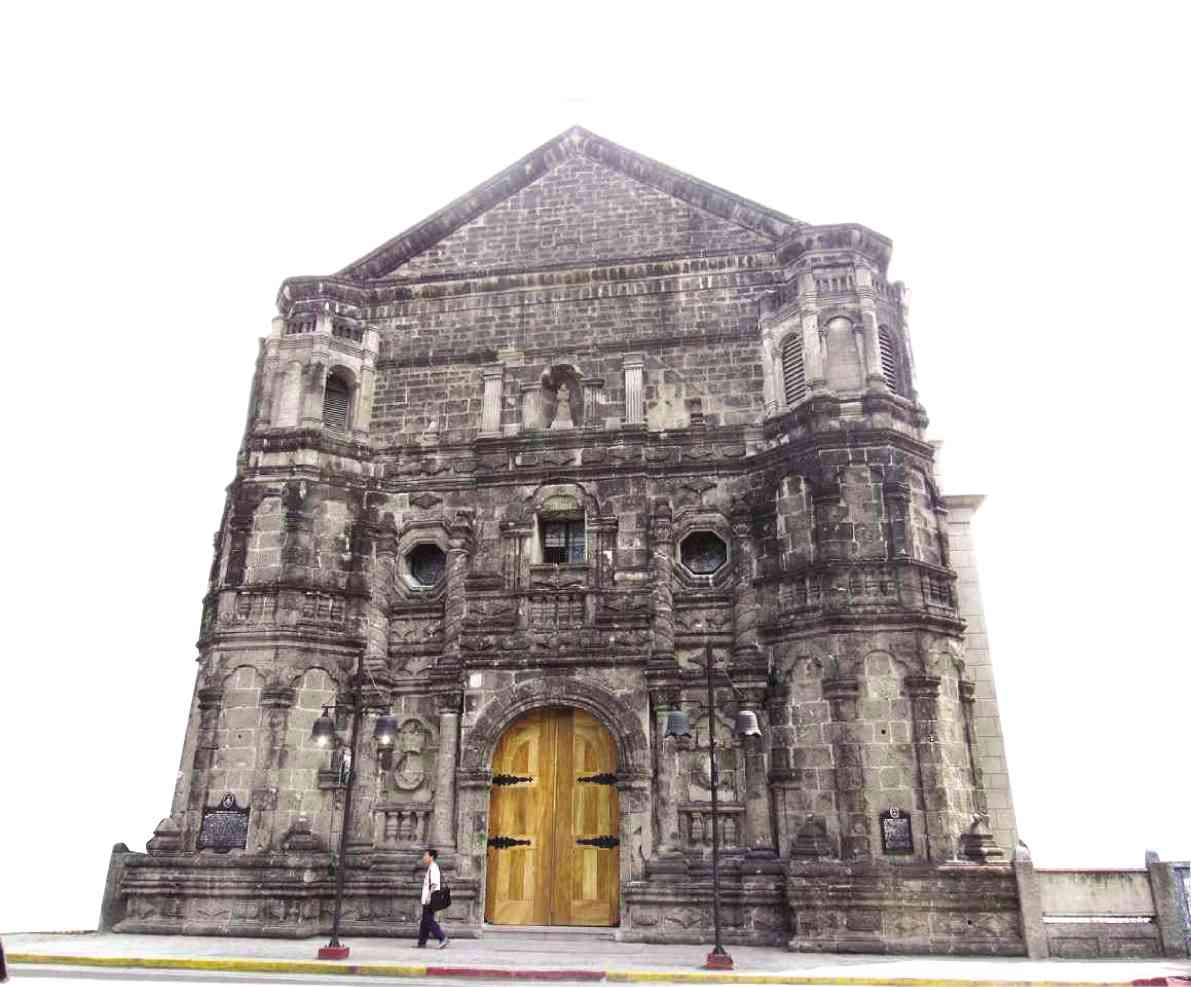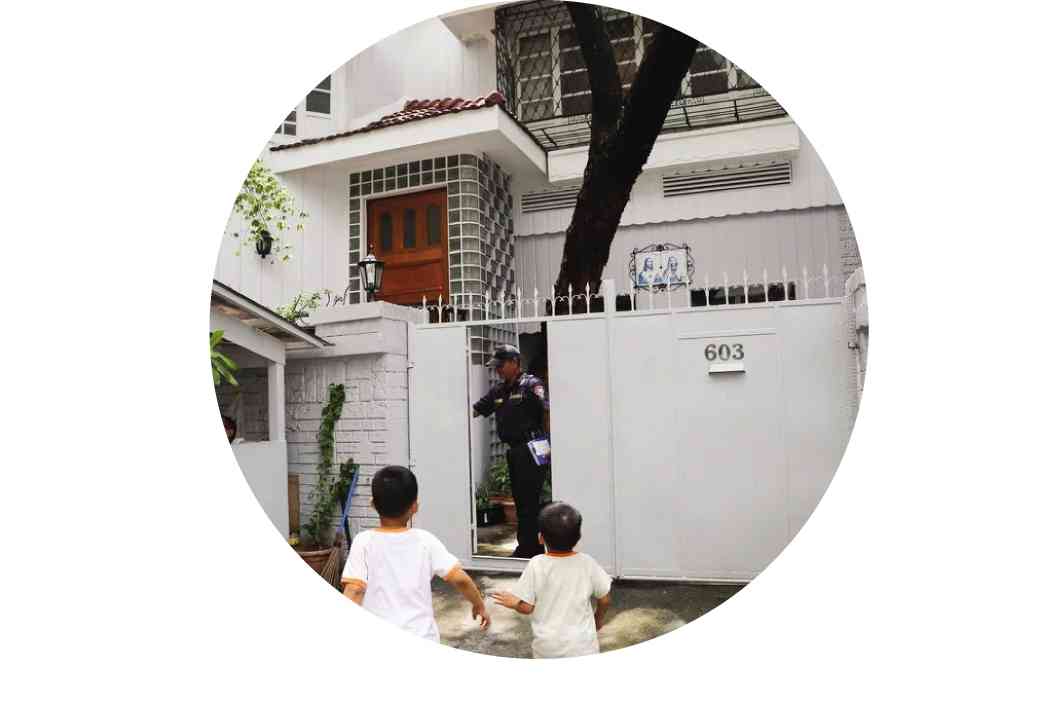Malate: ‘Manila’s crown jewel’
The distinct charm of Malate comes from a mix of cultural and historical changes it witnessed over the years.
With the Manila Bay as one of its borders, the famed sunset and the busy fusion of old and new sights gave this district its unique character.
Malate, one of the busiest districts of the City of Manila, started as a small fishing village during the Spanish colonial times. The name Malate comes from “maalat,” the Filipino word for salty, as this district used to be a seawater swampland.
In the 1890s, wealthy Binondo folk built summer houses and seaside villas along Calle Real, now named MH Del Pilar Street. When the American rule began, Malate was transformed into a trendy exclusive residential area for American families occupying high rise apartments and bungalows.
One Henry Jones, who founded the American Hardware and Plumbing Company, saw the possibilities as early as 1901 and had then bought swamplands in Malate, filling it and subdividing it into small lots. The streets in his subdivision were named after American states. Most of those streets have been renamed now.
Post-World War II turned Malate into a bohemian enclave, where many of the country’s famed artists resided, and when the large houses and apartments were then transformed into restaurants and boutique hotels.
In the early ’50s, Malate housed several public and private schools before many moved out to other nearby cities.
The opening of the Manila Zoo and Botanical Garden in 1959 further added to Malate’s growing attractions as it served as one of the educational centers in the country where the viewing public can observe, discover and learn interesting facts about the beauty of Philippine fauna and flora. Sadly, the zoo hasn’t been maintained efficiently and talks of privatizing it has been floating since 2015.
In the 1970s, several important changes took place in Malate. Harrison Park was transformed into the country’s first airconditioned shopping mall, the Harrison Plaza.
Established in 1976 by the Martel family, Harrison Plaza has always been known for its great bargains. Built on the same year was the Century Park Hotel, which remains operational today as a 5-star hotel in the metropolis.
A central figure in Malate’s landscape is the Church of Our Lady of Remedies, located along MH del Pilar Street, also known as the Malate Church. The church had a long history of rebuilding and restoration but has remained an integral part of Malate’s landscape.
In the vicinity of Remedios Circle in Malate also bloomed not just a multitude of restaurants but also of bars and a red-light strip.
The number of historical landmarks and prominent entertainment places that cluster in Malate allowed the district to keep the vibe of the rich cultural heritage that Manila possessed, thus attracting nostalgia, business, and foreign tourists yearly. Marielle Medina, Inquirer Research
Sources: Inquirer Archives, Streets of Manila by Luning Ira and Isagani Medina



